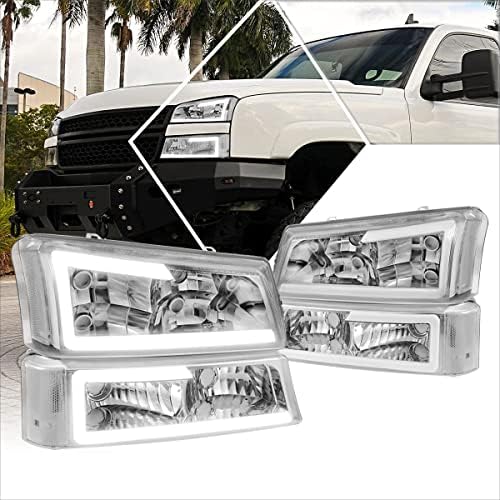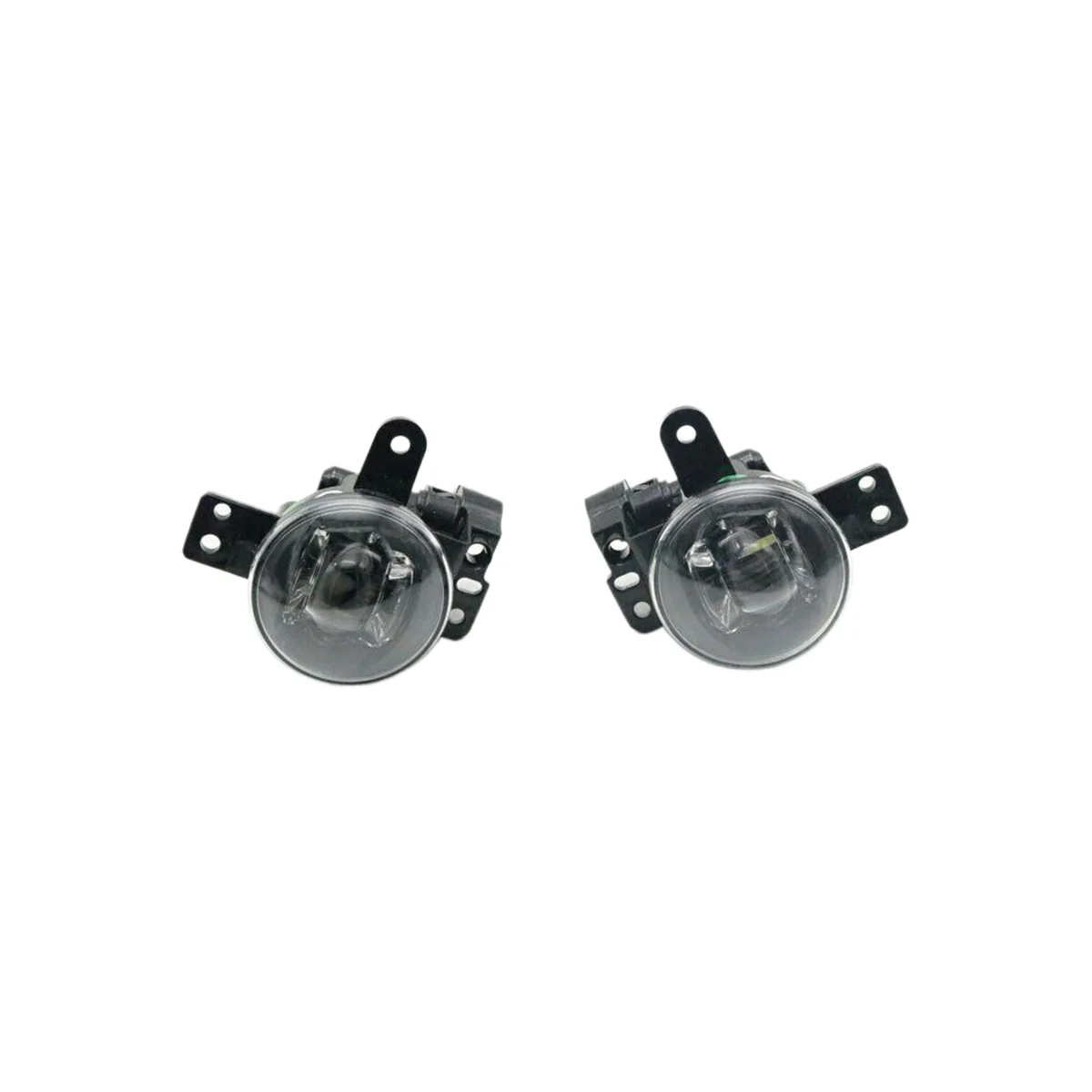
Vásárlás Fék lámpa szerelvény hátsó lökhárító led harmadik farok lámpa alkalmas mercedes-benz s-osztály w222 s500 s-320-ast,autó tartozékok - Outlet < Aprive.io

Led-es hátsó hátsó lámpa szárazföldi range rover evoque 2016 2017 2018 2019 fék lökhárító indexet figyelmeztető lámpa autó tartozékok | Autó & motorkerékpárok < Ovitas.fi

Vásárlás online Autó hátsó lökhárító, lámpa, drl led nappali menetjelző lámpa féklámpa indexet a honda vezel 18-19 - Belső Alkatrészek / www.riza.fi

Eladó Autó Első Lökhárító LED-es Nappali menetjelző Vezető Reflektor Lámpa Ködlámpa W/ Kábelek Geely XingYue Tugella YF11 2019-2021 < Autó & Motorkerékpárok > Sorvipuu.fi

Ködlámpa Lökhárító, Lámpák Fedéllel Kompatibilis 15-20 Charger Vezetés, Köd And Spot Lámpa - Lignesdereperes.com

Hátsó Lökhárító, Lámpák Kompatibilis Gladiátor JT Wrangler JL LED Lencse Hátsó Lámpa Szerelvények - Lignesdereperes.com

Falba Süllyesztett Borostyánsárga Led Lámpák 2db 4 20w Flood Led Öblítő Lámpák Ködlámpa Pod Lökhárító Lámpák Teherautó Pickuphoz Utv Atv Suv Fordhoz Chevyhez | Sporolj Pénzt A Temun | Temu Hungary

Auto Alkatrész 15-17 Volkswagen Lavida Külső Farok Lámpa Led Autó Hátsó Lökhárító, Hátsó Lámpa Fék Ne Fordított Lámpa Taillamp Közgyűlés rendelés ~ Autó & Motorkerékpárok | Koskipesu.fi

Vásárlás online Autó hátsó lökhárító, lámpa, drl led nappali menetjelző lámpa féklámpa indexet a honda vezel 18-19 - Belső Alkatrészek / www.riza.fi

70W LED Work Light Bar kerek folt lámpa hüvelyek Off Road Drive köd lökhárító tetőfény a teherautó -kiegészítők számára kínai gyártó

3D-s DRL LED Lámpa, Lökhárító Állítsa A [Kompatibilis Ez A Kategória. Fényszóró Szerelvények. Www.lignesdereperes.com

Eladó Autó Első Lökhárító LED-es Nappali menetjelző Vezető Reflektor Lámpa Ködlámpa W/ Kábelek Geely XingYue Tugella YF11 2019-2021 < Autó & Motorkerékpárok > Sorvipuu.fi










